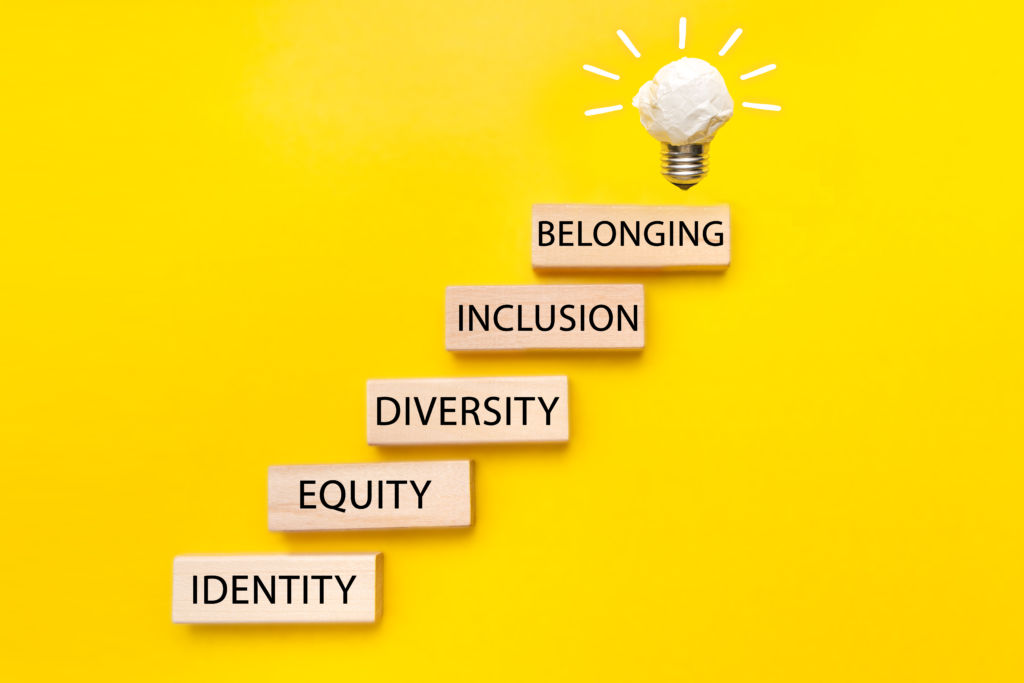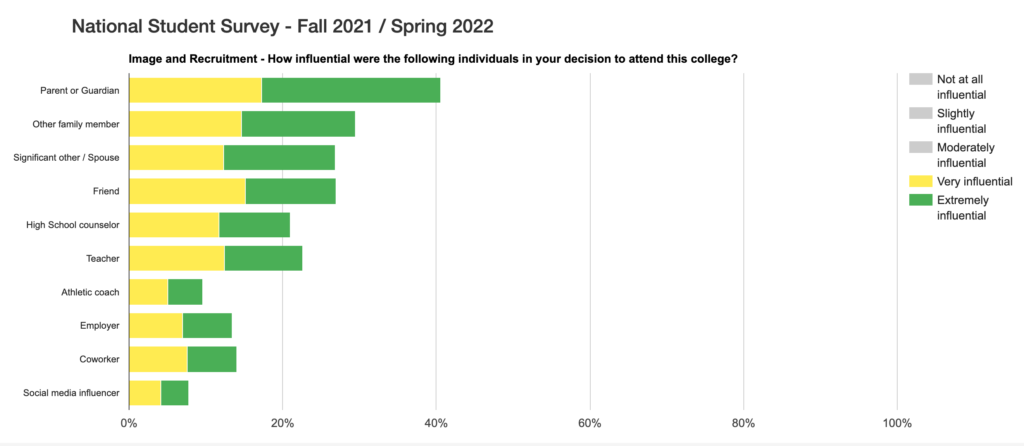Student support for underserved populations is mission-critical for community colleges.
But bolstering student support amidst budget cuts and enrollment woes is not easy. Even the most hopeful students lose their footing on the college path as they struggle to balance work and family stresses, financial strains, and new learning modalities. This is especially concerning for underserved communities, including African American, Hispanic and Latinx populations hit hardest by the pandemic.
So, what are colleges to do to support underserved students?
Dr. Paula Di Dio, a cross-cultural market research strategist with Interact Communications, recently engaged in a virtual roundtable discussion on how to better support underserved populations with Dr. Shantay R. Grays, Vice Chancellor for Student Services, Houston Community College, and Dr. Eric Becerra, Director of Special Projects, Long Beach City College.
Here are five things all three experts agreed will make a meaningful difference in reaching and engaging your underserved communities.
1. Consider Access and a Sense of Belonging in Student Support

Colleges have a moral obligation to level the playing field and give underserved communities access to career potential and growth. But it’s impossible to reach students if they feel disconnected or like they don’t belong.
One solution is having intentional campus discussions around a sense of belonging. Houston Community College (HCC) hosts “Sense of Belonging” summits to engage faculty and staff in ongoing conversations about student needs and expectations.
“This involves taking an appreciative approach, not a deficit approach, recognizing that every student has the ability to be successful,” said Dr. Grays. The vice chancellor adds that this also means being aware of unconscious biases and micro-aggressions that may impose and limit students, especially those from underserved communities.
Dr. Becerra agreed: “Make them feel seen, heard, and loved. In order for a student to succeed, he or she must first own the belief that they can, and we need to be part of imparting that belief.”
2. Make Meaningful Connections in Higher Education

What makes a connection meaningful?
For starters, it should come from a place of safety and concern. HCC does this by partnering with its Student Government Association (SGA). The SGA hosts town hall events that allow students to freely share their experiences and voice their concerns without feeling threatened by the institutional hierarchy.
With the SGA taking the lead and owning this process, HCC gets candid advice on student support, including how to distribute emergency aid, improve tech access, and provide other essential help to students in need.
It’s time to take lessons from the pandemic on humanizing the student experience. As Dr. Becerra noted, “We must see each other through our humanity and value those relationships.”
3. Err On the Side of Overcommunicating

Even the most confident, well-supported student needs ongoing encouragement to stay motivated. But for vulnerable students from underserved populations, early and frequent outreach is essential in higher ed.
As Dr. Becerra pointed out, “The whole community college experience is an intervention.”
How do you build grit and resilience to support students in higher education?
- Work extra hard to make them feel welcomed and valued.
- Make friendly, emotional connections with them through multiple touchpoints within and between semesters.
- Be sure they have the chance to correct their course if needed before it’s too late.
“It’s better to have them say stop bugging me than to hear they’ve left because they felt left out,” said Dr. Becerra.
4. Facilitate High-Touch Interactions for Student Support

“Building a personalized pathway starts with a person,” shared Dr. Grays.
HCC employs this philosophy through a case management approach to advising and student support. They facilitate high-touch interactions with case managers who see the student from the point of enrollment to the completion of their academic goals.
This process enables the college to be more holistic and hands-on in caring for each student. Advising is based on what the case managers discover and know about the student’s individual life circumstances.
This sense of caring can’t be limited to advising. As Dr. Grays asserted, “The complexity of student demographics requires that we prepare faculty for student engagement.”
Being prepared includes providing the necessary training to upskill faculty to be better communicators in a virtual environment. It also means helping them understand the lived nuances of student experiences and the unique needs they bring to the classroom.
5. Bring the Family Along

Dr. Becerra noted, “Education is a familial journey.”
Interact’s Media Prefs data supports Becerra’s claim that family members significantly influence students’ college decision making across age groups.

This data makes it vital to include a student’s family — parents, grandparents, siblings, spouses, partners, and children — in their onboarding and continued support. Ensure that everyone is aware of the challenges in higher ed and the expectations of how to overcome them.
Also, invite the family to participate and be part of the college community through campus events and celebrations throughout the student’s journey. Commencement shouldn’t be the first time a student’s family steps foot on campus.
According to Interact’s Di Dio, “This builds social capital for students as we all need our circle around us to complete our journey.”
Ready for More Student Support Recommendations?

These insights come from the March 9 Interact ROUNDS webinar. Interact offers virtual panel discussions with 2-year college experts every other month.
Mark your calendar now for our next three free ROUNDS:
- May 11: Developing Student Influencers
- July 13: Building a Campus of Care
- September 14: Busting Internal Silos
You can also sign up for our newsletter and never miss another webinar!
Read More About Student Support for Underserved Populations:
- Don’t Slap a Band-Aid on a Broken Bone: Using Ethnographic Research to Fuel Long-Lasting Equity in Community Colleges
- 3 Ways to Support LGBTQ+ Students on Your College Campus
- Writing and Marketing to Latino and Hispanic Students
Written by Mary De Luca, M.A., Vice President of Client Development
With 30 years of community college experience, Mary De Luca is eager to share her creative skills and strategic insights with other 2-year college professionals. Mary developed a nationally respected communications department and successful college brand from the ground up during her leadership tenure at Maryland’s Community College of Baltimore County (CCBC). Her team won an impressive collection of more than 100 NCMPR Paragon and Medallion awards. Mary has always had a flair for marrying words and images, accentuated by a Master of Arts degree in publications design, which inspires her work as an impactful organizational storyteller.



